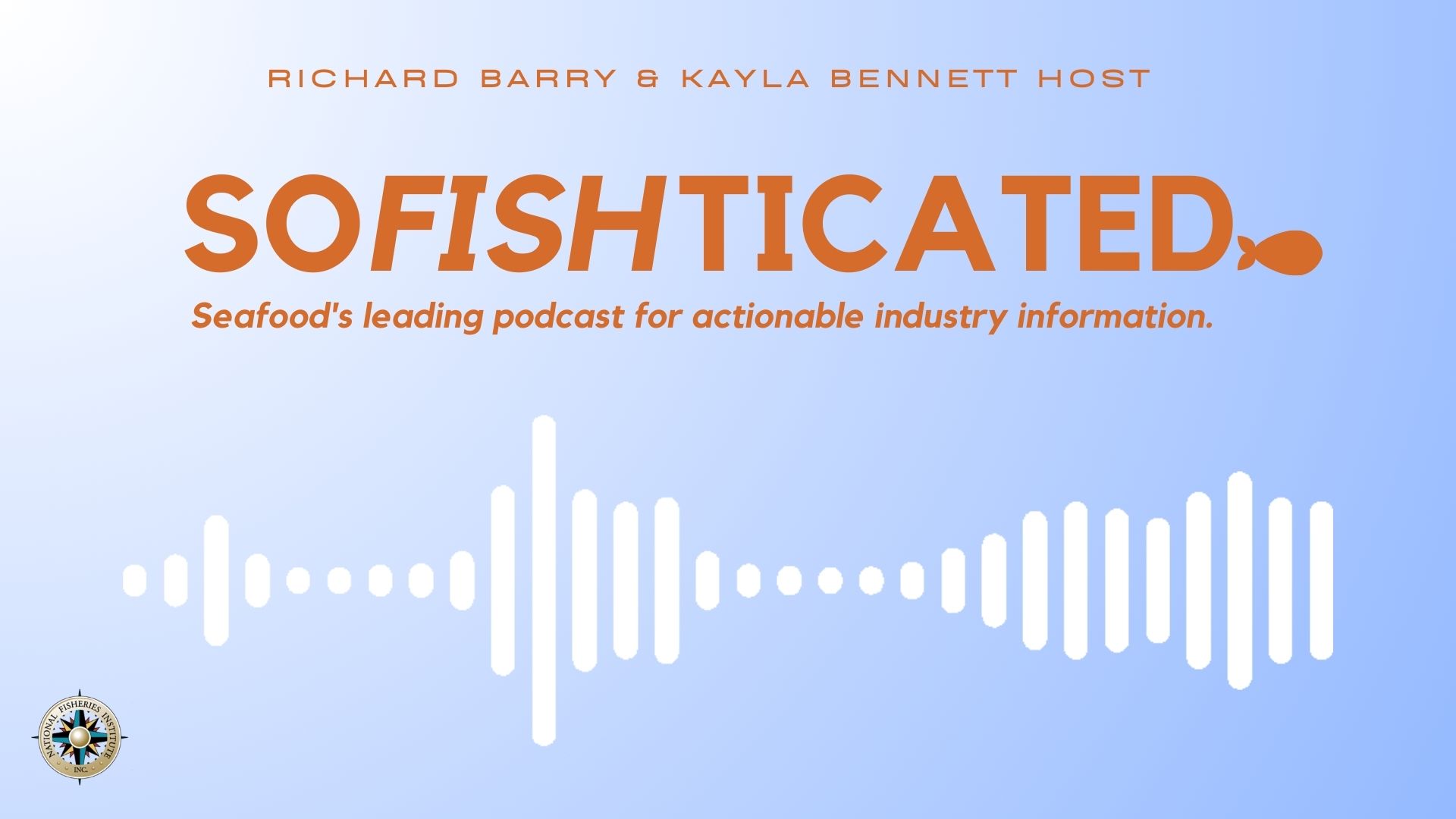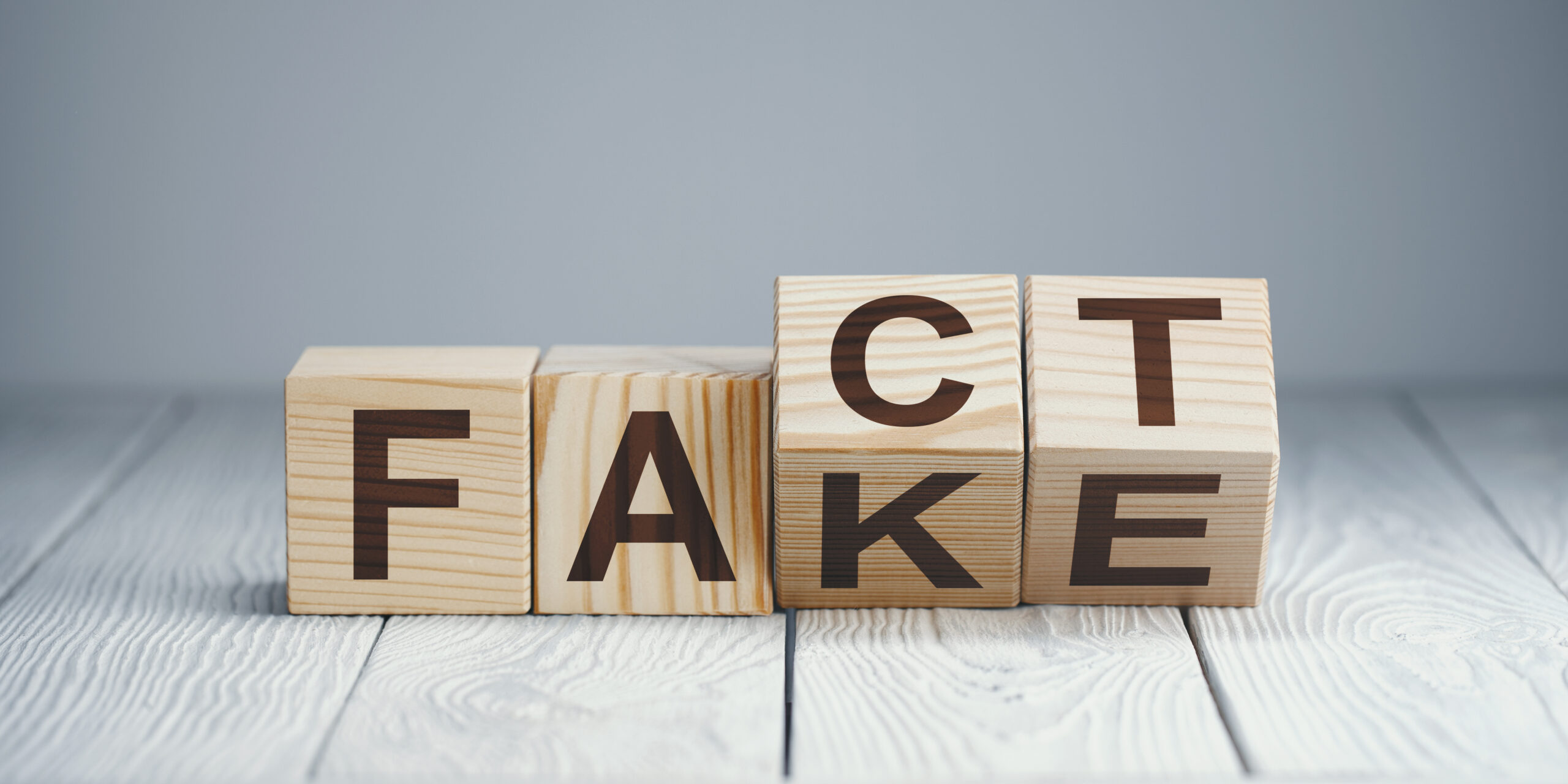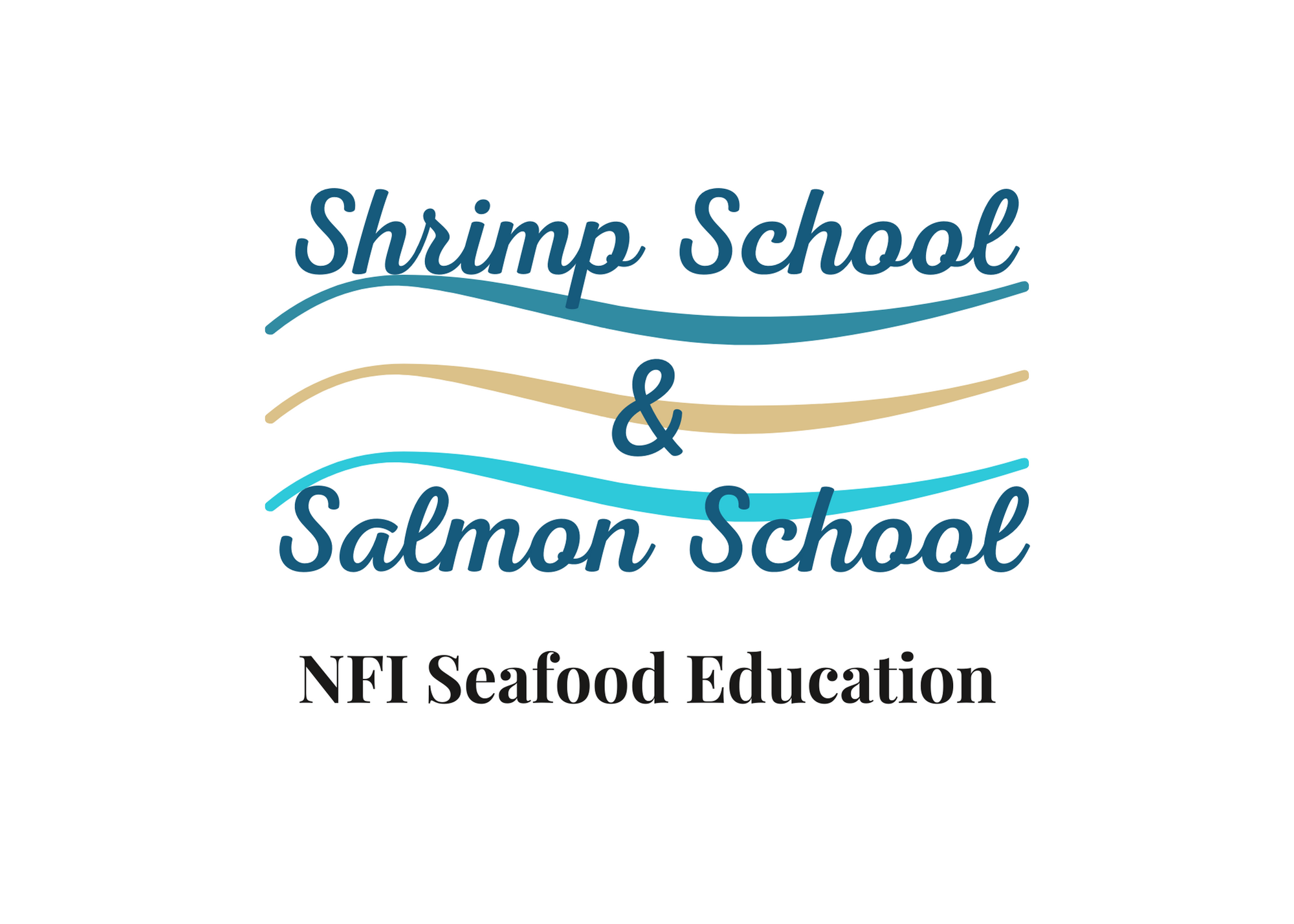All posts by NFI Media
SoFISHticated Season 4, Episode 5: The Latest Data in Seafood at Retail
Seafood’s leading podcast for actionable industry information.
Global Seafood Market Conference favorites Anne-Marie Roerink of 210 Analytics and Chris DuBois of Circana joined co-hosts Richard and Kayla for a mid-year breakdown of the latest seafood trends in a challenging retail environment. In this episode, the group looks back at some of the predictions made during Anne-Marie and Chris’ GSMC presentation and what the retail landscape holds for the second half of the year.
Key takeaways:?
- The 2024 predictions missed a bit, meaning some of the positive numbers hoped for have lagged
- Dollars are shifting from restaurant into retail
- The deli-case is more important than ever
SoFISHticated Season 4, Episode 4: How is AI Being Incorporated into Seafood?
Seafood’s leading podcast for actionable industry information.
Co-hosts Richard and Kayla are continuing the conversation about AI in seafood with this second episode in SoFISHticated’s series on AI. Last episode, they spoke about AI in seafood manufacturing and processing, but in this episode they’re joined by Tony Chen, Co-Founder of Manolin, to talk AI in seafood farming. Listen in and buckle up for this new episode, packed full of actionable industry information.
Key takeaways:
- What are companies looking to solve with AI?
- The difference between short-term outputs vs. long-term outputs.
- Will companies fall behind if they do not adopt AI?
Bloom or Bust on Mercury Reporting
The cycle of reporting on mercury in seafood can be an exhausting one, as misinformed reporters peddle hyperbole and spoon-fed narratives that appear to prompt simple handwringing and teeth gnashing. But they cause much more than that.
For years, informed communicators have pointed to studies like one from the National Academy of Sciences that shows a faulty focus on an overblown mercury myth has a negative impact on public health.
The director of the Center for Food, Nutrition and Agriculture Policy put it this way, “The government’s communication strategy on the risks and benefits of eating fish has not worked. People are confused. What has been lost in the emphasis on risk from mercury… is the fact that many types of fish, especially those high in omega-3 fatty acids, have significant health benefits. People lose out on those benefits if they decrease fish consumption because they’re getting a mixed message.”
The fact is virtually every major health organization in the United States wants Americans to eat more seafood as part of a healthy diet. In the Dietary Guidelines for Americans, the recommendation is that everyone increase their consumption of seafood, and that pregnant women in particular eat at least 2 to 3 servings each week. That’s because seafood provides nutrients that benefit cardiovascular health: A Harvard study showed that some 84,000 cardiac-related deaths could be prevented each year with proper servings of fish in the diet. There are no exaggerated mercury warnings found here. Just a recommendation to eat more seafood.
Meanwhile, in recent post, WFLA.com’s Bloom Foods writes, “let’s dive into the topic of mercury in seafood,” but surprisingly leaves out some essential facts rendering its dive fairly shallow.
Unreported is the fact that there are no cases of mercury toxicity from the normal consumption of commercial seafood found in published peer-reviewed medical journals. That’s right, people don’t actually get mercury poisoning from eating a tuna sandwich for lunch.
Bloom’s “dive” also includes an explanation of the FDA’s 1.0 ppm limit for mercury in seafood, known as the “action level.” What it does not however explain in this section is that said level includes a 10-fold safety factor:
“FDA’s Action Level of 1.0 ppm for methyl mercury in fish was established to limit consumers’ methyl mercury exposure to levels ten times lower than the lowest levels associated with adverse effects.”
Consumer Reports walked into the John Adam’s wielded buzzsaw of facts being stubborn things when it embarrassed itself by also ignoring this truth; Really, Consumer Reports? Show Us The Numbers, We Did Consumer Reports Work for Them.
So, now Bloom Food is content to report on the topic “while the debate continues.” Guess what? The debate in the informed, science-based, nutrition community is over. The benefits of eating seafood outweigh any perceived risks from mercury.
SoFISHticated Season 4, Episode 2: NFI’s New Strategic Plan
Seafood’s leading podcast for actionable industry information.
Over the past few months, NFI has been charting the course for its future by creating a Strategic Plan, and in this new episode of SoFISHticated, co-hosts Richard and Kayla sit down with NFI President & CEO Lisa Wallenda Picard to discuss the plan’s key components.
From its origin to its mission, this episode will introduce you to the Strategic Plan. You don’t want to miss it.
Key takeaways:
- What is the meaning behind the plan’s three initiatives: Shape, Connect and Grow?
- Does the plan have a timeline?
- How can members engage?
Back in Session: In-Person Shrimp & Salmon Schools, June 14 – 16
NFI’s Shrimp and Salmon Schools NFI’s Species Schools returns with concurrent Shrimp and Salmon Schools on June 14-16 at the University of Washington’s School of Aquatic and Fishery Sciences (SAFS) in Seattle.
With an agenda tailored for both the seafood newcomer and veteran, NFI’s Shrimp and Salmon Schools will deliver an engaging learning event. Preliminary “field trips” include a tour of the Port of Seattle; a Chef’s demo and visits to seafood processing facilities. Participants will co-mingle during breaks and networking sessions.
The fee for the course is $1,800 for NFI Members; with a discount for two or more individuals from the same company (who can attend either school) at $1,530. The non-member fee is $3,600 per person.
Contact Hannah Mayers hmayers@nfi.org for more information or if you are interested in corporate sponsorship opportunities.






